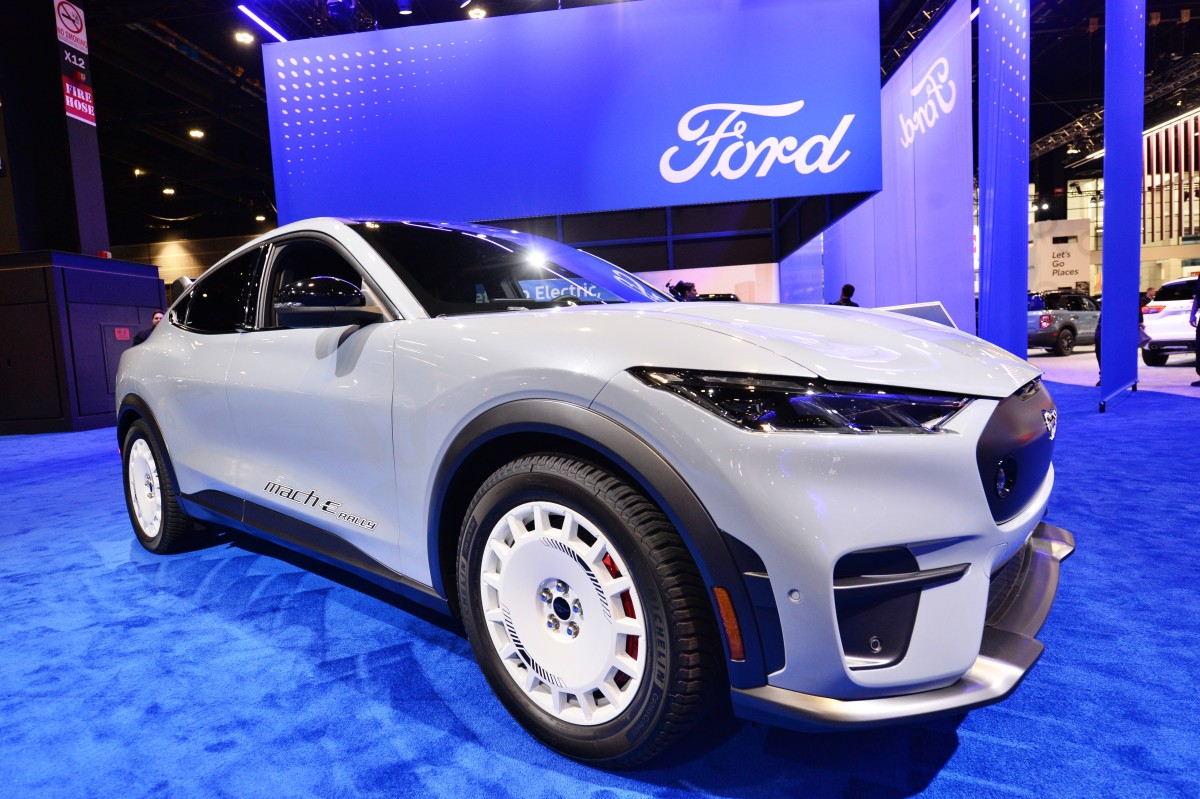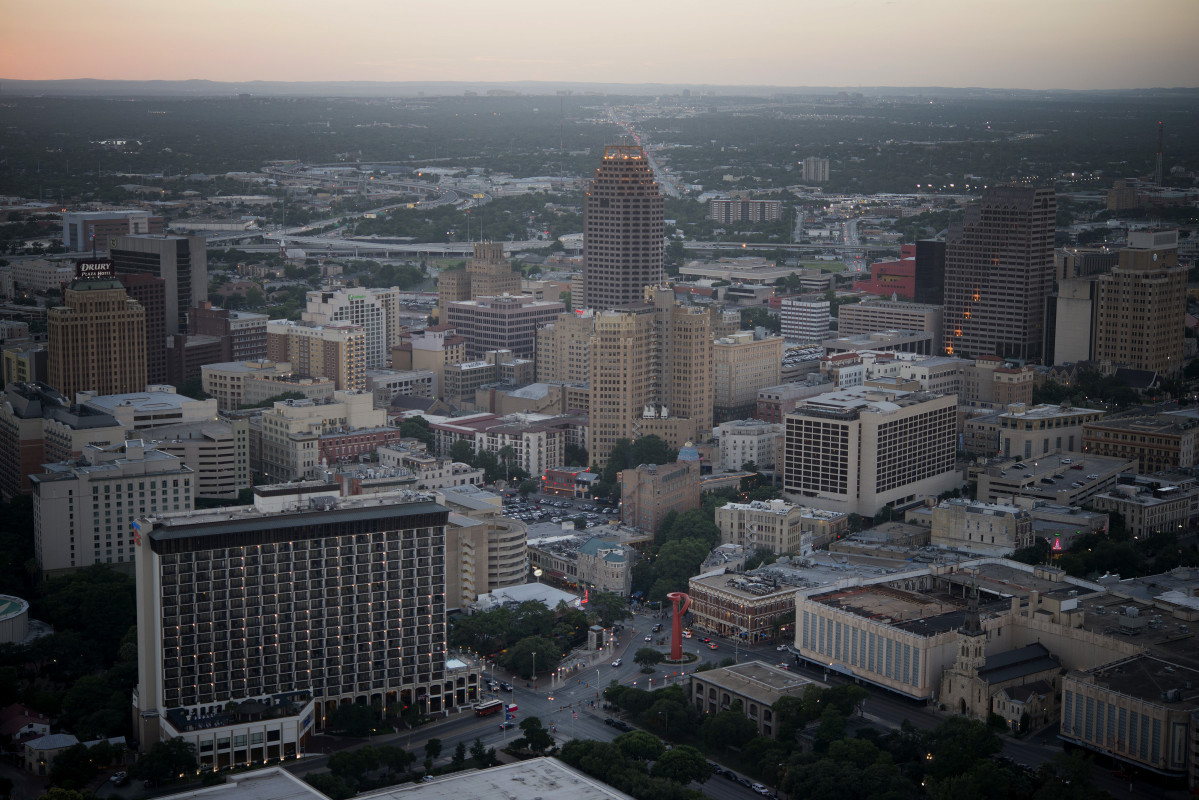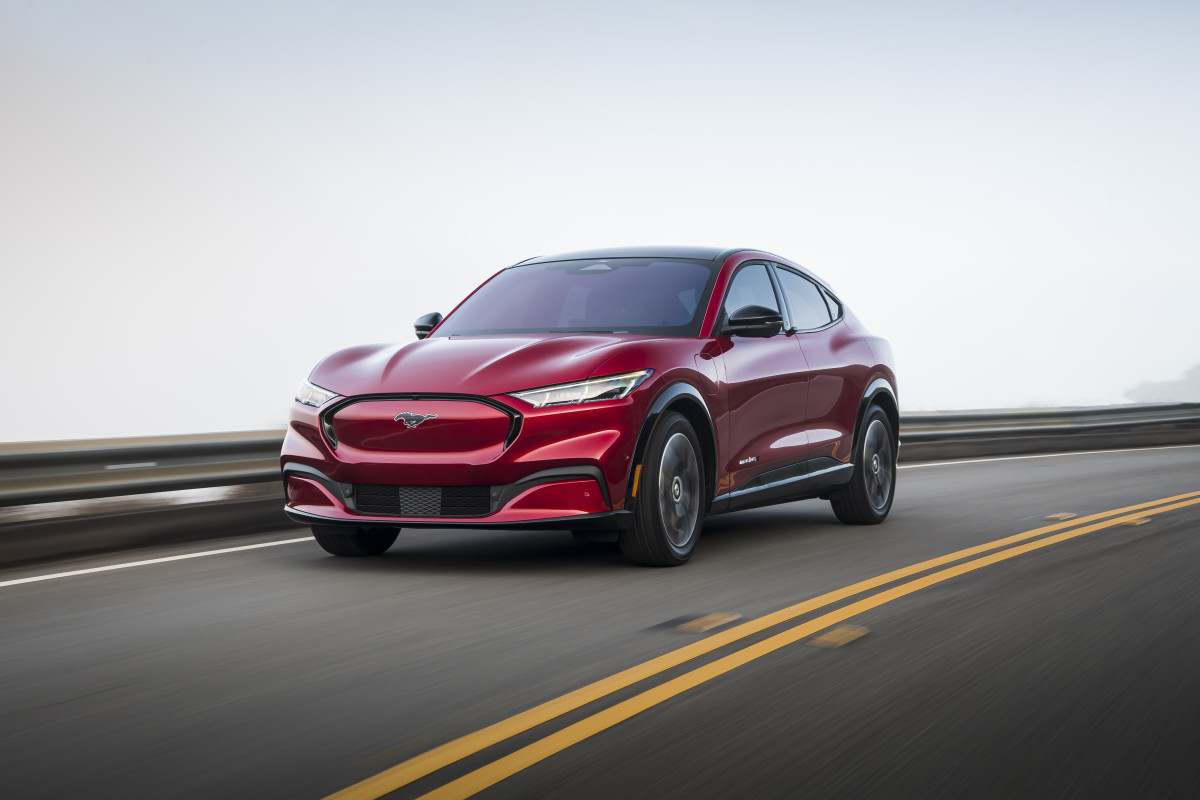
A key piece of in-car tech is the subject of a federal probe looking into a fatal crash involving one of Ford's (F) cars.
Related: How I became fresh meat at a car dealership and sold my privacy for a discount

The National Transportation Safety Board (NTSB) is investigating a fatal crash in San Antonio, Texas, involving an electric Ford vehicle that may have been using a partially automated driving system at the time of the incident.
As per a report by the Associated Press, the federal agency said that investigators from its Office of Highway Safety will travel to the area to work with local officials and authorities to gather facts about the Feb. 24 crash on I-10.
Preliminary information seen by the NTSB showed that a Ford Mustang Mach-E electric crossover equipped with the Blue Oval's Blue Cruise — a partially automated driving system — collided into the rear of a Honda CR-V that was stopped on one of the lanes of the interstate.

Ford
According to local ABC affiliate KSAT 12, the 56-year-old driver of the Honda was killed in the collision. The driver of the electric Ford told local authorities that the CR-V was stopped in the middle lane of the highway with no lights on before the crash occurred at around 9:50 p.m.
“The NTSB is investigating this fatal crash due to its continued interest in advanced driver assistance systems and how vehicle operators interact with these technologies,” the agency said in a statement to the AP.
The Blue Cruise system, offered on Fords like the Mustang Mach-E and F-150 Lightning electric vehicles, as well as the gas-powered F-150 pickup and Expedition and Explorer SUVs, is touted by Ford as a piece of technology that allows drivers to take their hands off the steering wheel while the system controls the steering, braking and acceleration on select highways.
The Dearborn-based automaker notes that the system is not fully autonomous, and that it uses a front-facing driver camera to make sure drivers are looking at the road. According to the Blue Oval, Blue Cruise is available to use on 97% of controlled access highways in the U.S. and Canada.
Despite Ford's claims, the BlueCruise system was one of 11 partially-autonomous driving systems that scored a "poor" in recent tests by the Insurance Institute for Highway Safety (IIHS). Though it scored very low, the IIHS pointed out the effectiveness of the system's front camera in detecting when eyes are off the road, even while it ignores other things the driver may be doing.
"Ford BlueCruise and Ford Adaptive Cruise Control with Stop & Go and Lane Centering Assist immediately issued alerts when the driver’s face or the camera lens was covered," the IIHS said in its report. "but failed to detect when the driver’s hands were occupied with another task."
More Automotive:
- BMW exec says it's the end of the line for a popular option among car enthusiasts
- Mercedes just took a subtle dig at its biggest luxury rival
- Ford is taking away a convenient feature because no one uses it
The NTSB said that investigators will be in San Antonio to examine wreckage, collect information about the crash scene and look into the events leading up to the collision. The federal agency expects to publish a preliminary report within 30 days.
Ford, meanwhile, told the AP that it is conducting its own research into the crash and that the facts are not yet clear. The automaker expressed its sympathy for those involved in the incident and also said that it has reported the crash to the National Highway Traffic Safety Administration (NHTSA).
Related: Veteran fund manager picks favorite stocks for 2024







